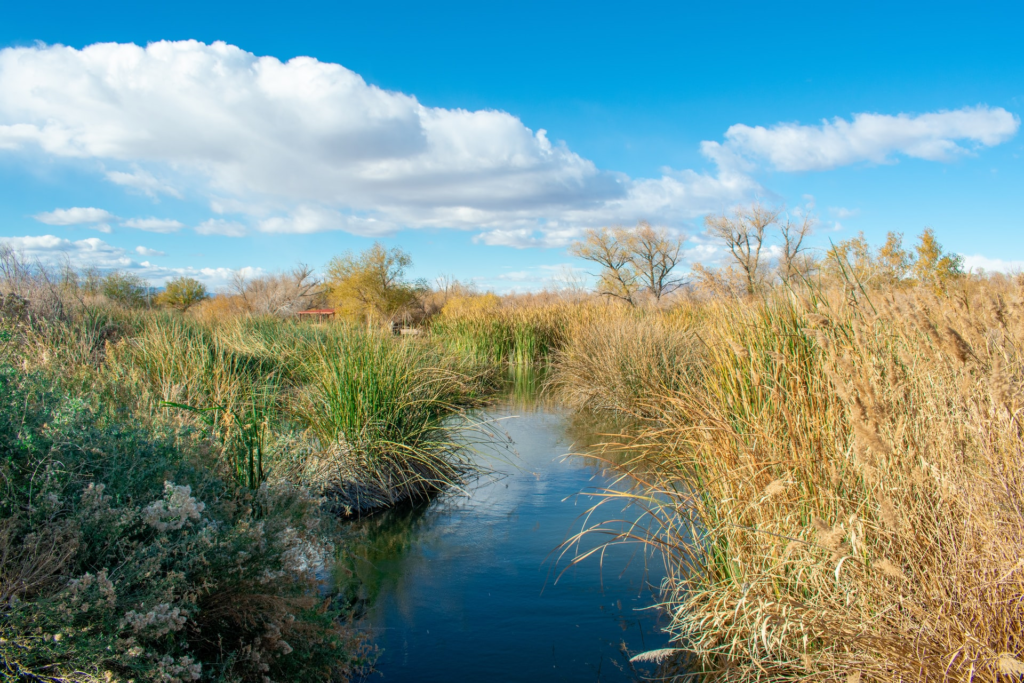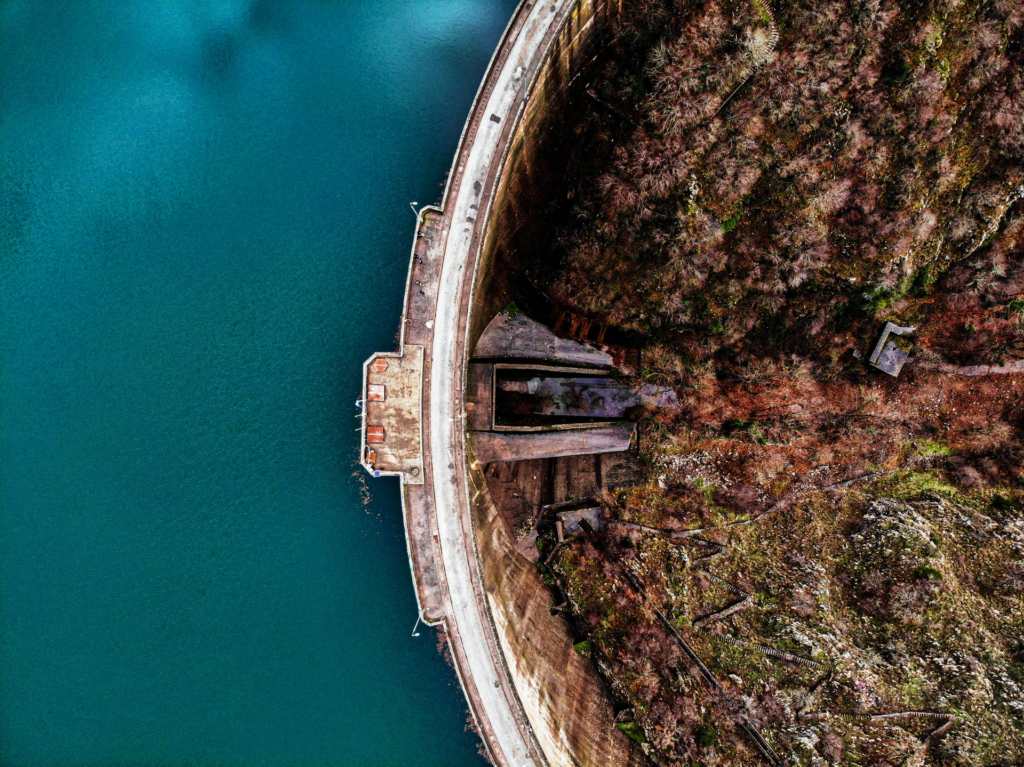(par 4.2.4.2.1.2) Wetland (taken from wikipedia)

http://en.wikipedia.org/wiki/Wetland From Wikipedia, the free encyclopedia Laguna de Rocha, the largest wetland in the urban area in Esteban Echeverría Partido, Argentina Mangrove swamps are coastal wetlands. This swamp is in the FloridaEverglades.[1] Peat bogs are freshwater wetlands that develop in areas with standing water and low soil fertility. Marshes develop along the edges of rivers and lakes. Many species of frogs live in wetlands, while […]
(par 4.2.4.2.1.1) Environmental impact of Reservoirs

http://en.wikipedia.org/wiki/Environmental_impact_of_reservoirs From Wikipedia, the free encyclopedia The Wachusett Dam in Clinton, Massachusetts. The environmental impact of reservoirs comes under ever increasing scrutiny as the global demand for water and energy increases and the number and size of reservoirs increases. Dams and reservoirs can be used to supply drinking water, generate hydroelectric power, increase the water supply for irrigation, provide recreational opportunities, and improve certain aspects […]
(par 4.2.4.2.1.1) Lake ecosystem (taken from wikipedia)

http://en.wikipedia.org/wiki/Lake_ecosystem From Wikipedia, the free encyclopedia A lake ecosystem includes biotic (living) plants, animals and micro-organisms, as well as abiotic (nonliving) physical and chemical interactions.[1] Lake ecosystems are a prime example of lentic ecosystems. Lentic refers to stationary or relatively still water, from the Latin lentus, which means sluggish. Lentic waters range from ponds to lakes to wetlands, and much of this article applies to lentic ecosystems in general. […]
